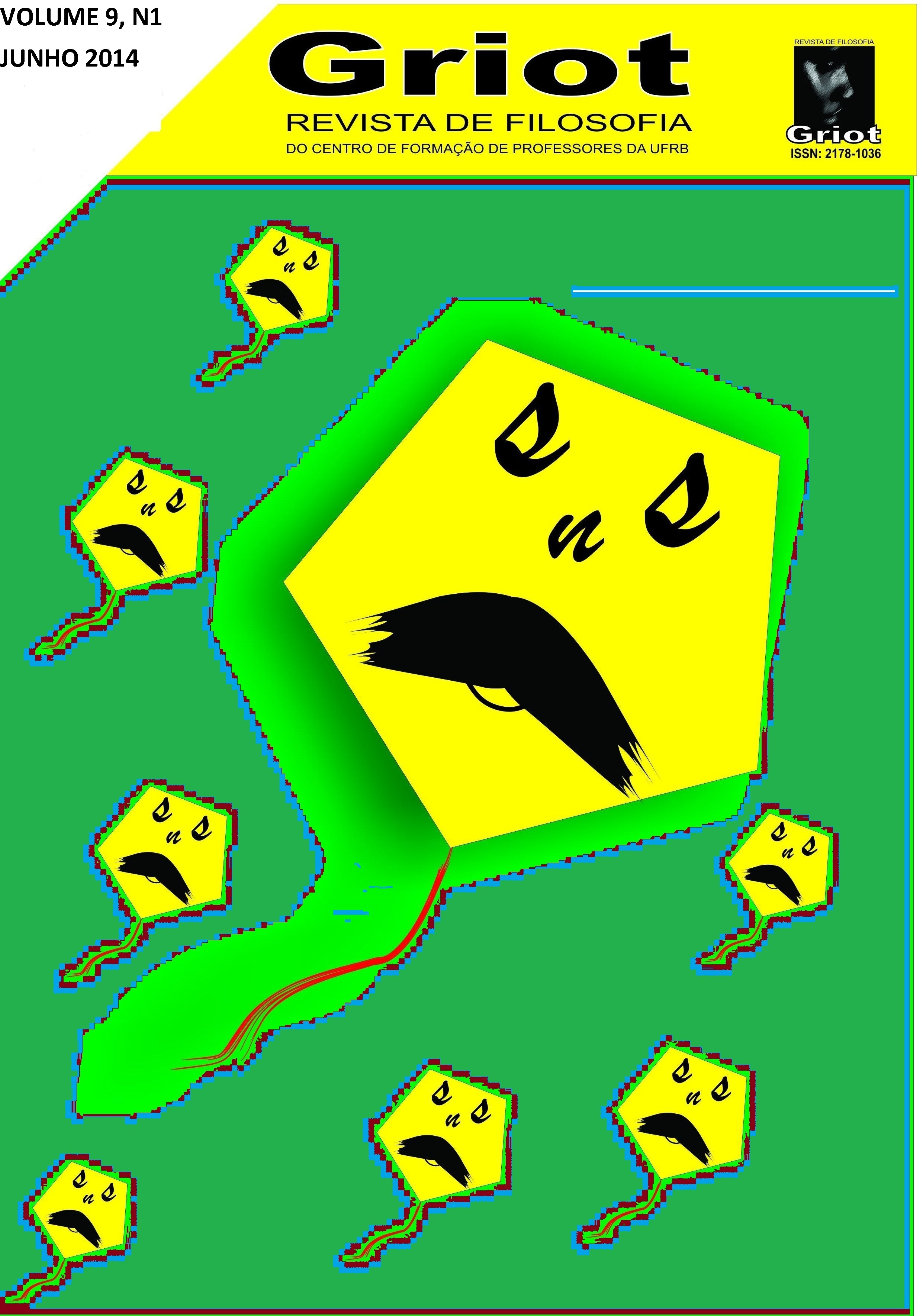The dissolution of the subjetivity in Nietzsche’s aesthetic vision
DOI:
https://doi.org/10.31977/grirfi.v9i1.597Keywords:
Subjectivity; Aesthetics; Dionysian art; TragedyAbstract
The objective of this article is to discuss the question of the dissolution of subjectivity as it appears in the masterpiece of Nietzsche, The Birth of Tragedy, or Hellenism and Pessimism, focusing especially in the introductory chapters 3, 4 and 5. Throughout our study we will analyze the argumentative route that enabled Nietzsche to refuse an idea of a subject centered and donor of sense to propose on the contrary its complete undoing through aesthetic contemplation of Dionysian art. We conclude that Nietzsche's thought is given in such a way because it is based in an aesthetic worldview in which the dichotomy between subject and object does not apply completely.
Downloads
References
DIAS, R. M. A influência de Schopenhauer na filosofia da arte de Nietzsche em O nascimento da tragédia. Cadernos de Nietzsche, São Paulo, nº 3, 1997.
ÉSQUILO. As suplicantes; Prometeu acorrentado. Trad. Napoleão Lopes Filho. Petrópolis, RJ: 1967.
MACHADO, R. Nietzsche e o Renascimento do Trágico. Belo Horizonte, Kriterion, nº 112, Dez/2005.
NIETZSCHE, F. O nascimento da tragédia ou Helenismo e Pessimismo. Trad. J. Guinsburg. São Paulo: Companhia das Letras, 1992.
SÓFOCLES. Édipo Rei. Trad. J. B. Mello e Souza. Rio de Janeiro: Ediouro, 1997.
Downloads
Published
How to Cite
Issue
Section
License
The authors who publish in Griot: Revista de Filosofia maintain the copyright and grant the magazine the right of first publication, with the work simultaneously licensed under the Creative Commons Attribution 4.0 International License, allowing sharing and adaptation, even for commercial purposes, with due recognition of authorship and initial publication in this journal. Read more...









































































